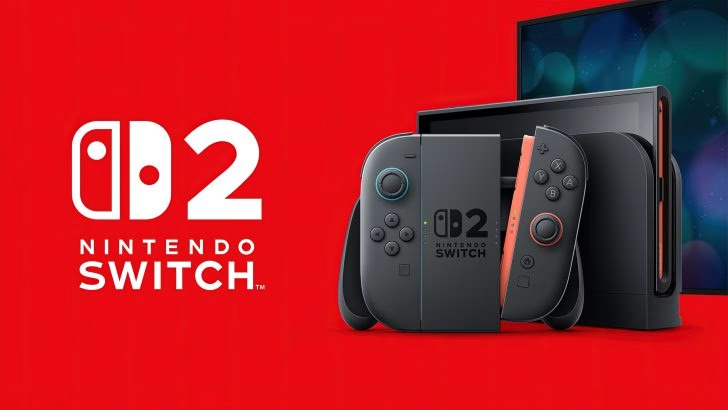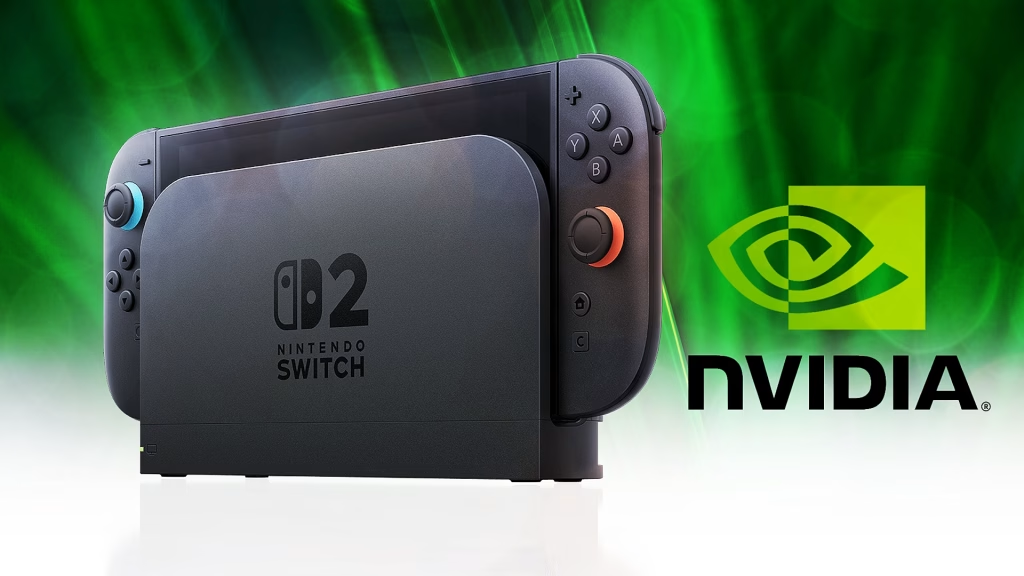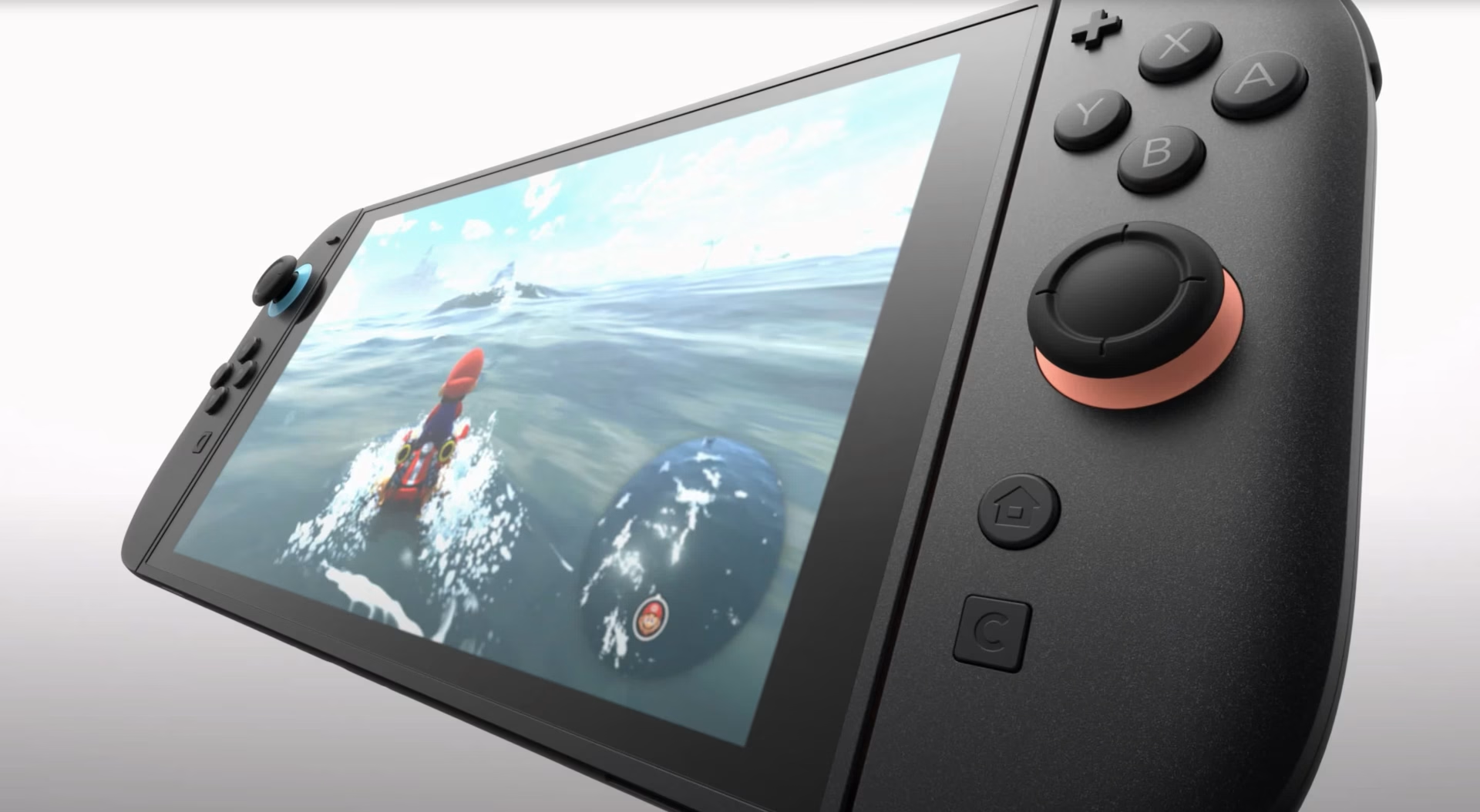As previously hinted at by Nintendo, NVIDIA has now provided additional insights into the Nintendo Switch 2 hardware through a brief blog post. Though specific details are sparse, the company has provided a broad overview of the innovations that underpin the new console. According to NVIDIA, the hardware took the same amount of time to develop as 1,000 engineer years, from system and chip design to a custom GPU, APIs, and advanced development tools.

Nintendo Switch 2 Hardware Details Revealed: DLSS, Ray Tracing, and 10x Performance Boost
The new system includes RT Cores for real-time ray tracing, improving lighting, reflections, and shadows, and it has Tensor Cores for NVIDIA DLSS (Deep Learning Super Sampling), and AI-powered video chat capabilities such as face tracking and background removal. The handheld mode is also supported by NVIDIA G-SYNC-powered Variable Refresh Rate (VRR), and the hardware provides ten times the graphical performance of the original Switch.

Since 2023, rumors had at least suggested that the Nintendo Switch 2 would support DLSS as well as ray tracing, primarily because the console was thought to have been based on NVIDIA’s Tegra 239 SoC. But Nintendo didn’t specifically confirm either feature during its Direct presentation or in its post-event article. Following the event, however, Digital Foundry sifted through the new Switch 2 titles shown and noted seeing no apparent use of DLSS, which cast doubt on these capabilities.
Now, however, Nintendo has officially confirmed the news to IGN. It also makes use of DLSS upscaling technology — so developers can push games up to 4K when displaying on a TV, Nintendo senior director Takuhiro Dohta said in an interview. Whether a game runs at native 4K or relies on upscaling is up to individual developers. Dohta also confirmed that the GPU supports ray tracing, providing another tool for developers to use at their discretion.

When IGN attempted to gather more technical details, Tetsuya Sasaki, General Manager of Nintendo’s Technology Development Division, declined to elaborate, stating that the company prefers not to share detailed specifications. However, he noted that NVIDIA is expected to release more information in the future.
Leaked specifications suggest that the Nintendo Switch 2 GPU is based on NVIDIA’s Ampere architecture and includes 2048 CUDA Cores, while its CPU features 12 ARM Cortex-A78AE cores. Earlier reports indicated that the console’s GPU could reach 1.71 TFLOPS in handheld mode with a 561 MHz clock speed, while docked mode—enhanced by an active cooling fan—could push performance up to 3.1 TFLOPS with a GPU clock speed of 1000 MHz.
FAQs
Does the Nintendo Switch 2 support 4K resolution?
Yes, it can output up to 4K on a TV using DLSS upscaling.
Will the Switch 2 have ray tracing?
Yes, the GPU supports real-time ray tracing for better visuals.


